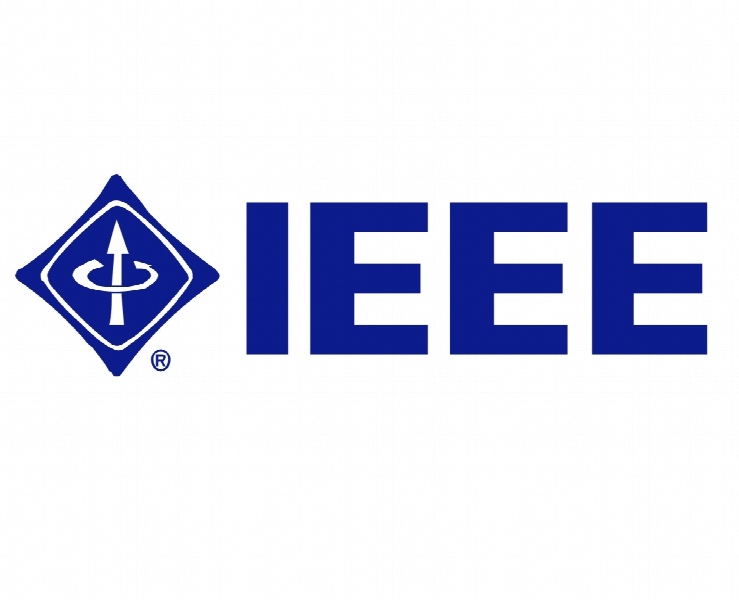سیستم های تولید برق توزیع شده و محافظت Distributed Power-Generation Systems and Protection
- نوع فایل : کتاب
- زبان : انگلیسی
- ناشر : IEEE
- چاپ و سال / کشور: 2018
توضیحات
رشته های مرتبط مهندسی برق
گرایش های مرتبط سیستم های قدرت، الکترونیک قدرت
مجله Proceedings of the IEEE
دانشگاه Department of Energy Technology – Aalborg University – Denmark
منتشر شده در نشریه IEEE
کلمات کلیدی انگلیسی Control; distributed power-generation systems (DPGSs); grid codes; grid resilience; photovoltaic (PV) power systems; power conversion; power electronics; power grid protection; wind power generation
گرایش های مرتبط سیستم های قدرت، الکترونیک قدرت
مجله Proceedings of the IEEE
دانشگاه Department of Energy Technology – Aalborg University – Denmark
منتشر شده در نشریه IEEE
کلمات کلیدی انگلیسی Control; distributed power-generation systems (DPGSs); grid codes; grid resilience; photovoltaic (PV) power systems; power conversion; power electronics; power grid protection; wind power generation
Description
. INTRODUCTION In the past decades, because of the foreseen exhaustion of conventional fossil-based energies (e.g., coal, oil, and natural gas), considerable worldwide attention has been paid to making societies sustainable. Additionally, the exploitation and utilization of conventional fossil energy resources pollute the natural environment and appear to affect the temperature on Earth. Thus, traditional centralized power generation using fossil fuels is considered unsustainable in national long-term strategic plans. Consequently, many efforts globally have been directed toward developing more renewable energy sources, such as wind and solar photovoltaics (PVs), solar thermal power, hydropower, bioenergy, and ocean power [1]–[4]. Typically, renewable energy sources are integrated in the form of distributed power-generation systems (DPGS), as shown in Fig. 1. The power generation in Denmark has changed from centralized to decentralized with the widespread use of windfarms [5]. Fig. 2 depicts the evolution of worldwide renewable energy capacity from 2000 to 2015, where hydropower ranks first with regard to total installed capacity, followed by wind and solar PV power. However, the most favorable sources are wind and solar PV power, as evidenced by the growth rates for 2010–2015 shown in Fig. 3 [4]. The special requirements of hydropower (e.g., physical locations for river or lake resources) have slowed its utilization and development. In contrast, wind and solar PV power is easier to access, with less physical location dependency. Hence, it has become dominant in DPGSs, as demonstrated in Fig. 1. Furthermore, it has less impact on the environment and a larger untapped capacity. As shown in Fig. 3, among the major renewable energy technologies, the worldwide wind and PV power generation achieved the fastest growth rates of 17% and 28%, respectively, in 2015 [4]. As a specific example, in 2015, the wind power share of the total net generation in Denmark was >50% [6]. Many other countries are catching up with a high growth rate [7]–[9]. Thus, these two renewables (wind and PV energy) will continue to be the major resources of DPGSs [9]. Consequently, wind and PV-based DPGS are the focus of this study. Beyond clean energy generation for more sustainable societies, the integration of massive DPGSs poses many challenging issues to the distribution power grid and to the utility [10]–[14]. For instance, owing to the energy resource intermittency, the power injected into the distribution networks by the DPGS is always time-varying and fluctuating, which may affect the network stability, especially at a high penetration degree of renewables under the current mixed energy infrastructure (i.e., conventional and decentralized generation systems) [8]. Additionally, for operation in harsh environments (e.g., offshore wind DPGS), the DPGS should be capable of withstanding abnormal interruptions. With these considerations, the transmission system operators (TSOs) and/or distributed system operators (DSOs), together with other stakeholders, have issued stringent interconnection codes to guide the commissioning and operation of DPGSs [15]–[17]. The relevant standards have helped to harmonize the way in which the TSOs/DSOs and other businesses have worked to increase the penetration of DPGSs for a more eco-friendly society. In this case, these guidelines have been the main design and planning benchmarks for DPGSs. On one hand, as the power electronics technology is the key to connecting distributed energy resources [18], the development of the DPGS is driven by the fast advancement of power converter technologies. On the other hand, the aforementioned challenges limit the focuses of DPGS research and development to the reliability, affordability, scalability, flexibility, stability, and efficiency of the technology [19], [20].


